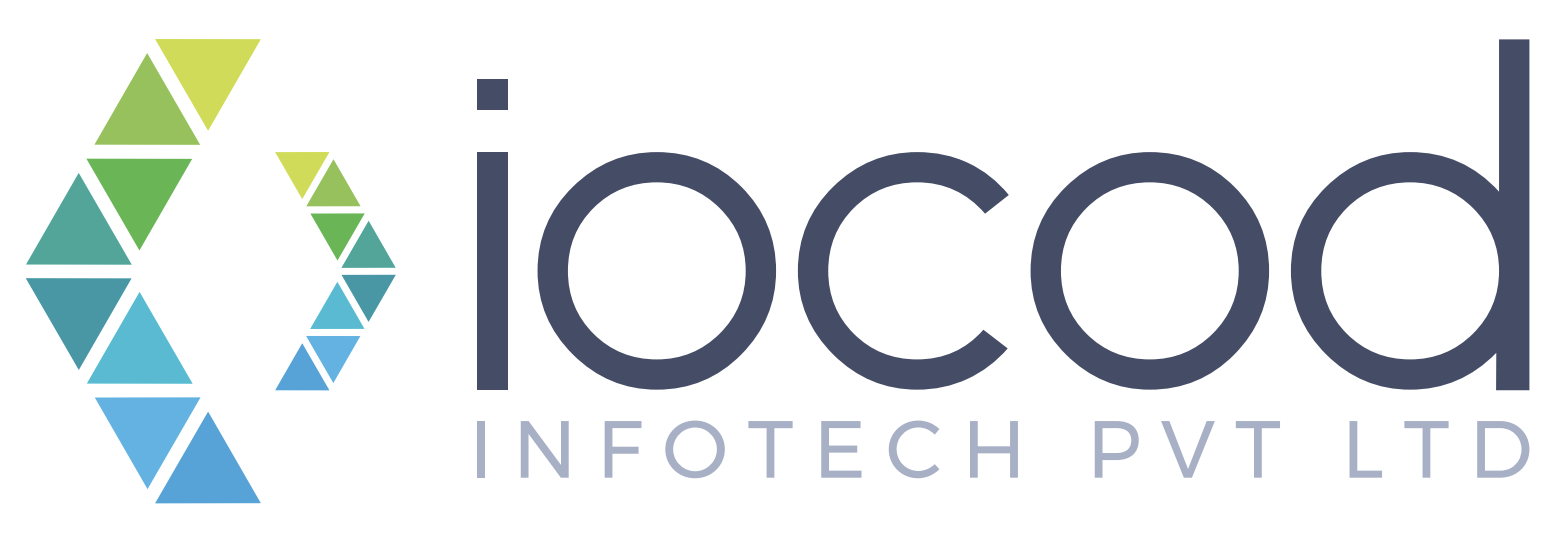Web development has changed significantly in the past few years. It has not been long since deploying a web project simply involved uploading static HTML, CSS and JavaScript files to a HTTP server. The growing popularity with providing software as a service has meant that applications which have resided on the desktop are being transferred to the browser. With time, web development had to be made simple and less time-consuming for developers. Hence, web framework was the need of the hour.
What is a Web Framework?
A web framework is a software tool that provides a way to build and run web applications. As a result, you don’t need to write code on your own and waste time looking for possible miscalculations and bugs. It is a code library that makes web development faster and easier by providing common patterns for building reliable, scalable and maintainable web applications. It is designed to help the development of dynamic websites, web services and web applications. There are a number of frameworks available freely for the use which provides access to the database, session management and template so that you may easily reuse the codes depending on your need.
What are the different frameworks available for web development?
There are two main functions of frameworks: to work on the server side (backend), or on the client-side (frontend), corresponding to their type. Frontend frameworks deal mostly with the external part of a web development. It is what a user sees when they open the web application. The inside stuff is the work of the backend. Back-end (Server-side) frameworks: These frameworks allow you to create simple pages, landings and forms of different types. However, in order to build a web application with a well-developed interface, you should have a wider functionality. These frameworks can also form the output data and improve security in case of web attacks. Hence, these can definitely simplify the development process. A few of the frameworks and the languages they work in is as follows:
- Laravel– PHP
- Django – Python
- Express.js – Javascript
- Ruby on Rails – Ruby
Front-end (Client-side) frameworks: Unlike the server side, client-side frameworks have nothing to do with business logic. Their work takes place inside the browser. Thus, one can improve and implement new user interfaces. Numerous animated features can be created with front-end frameworks as well as SPA (single-page applications). Each of the client-side frameworks differs in function and use. Many of the frameworks use Javascript as their coding language. A few types of client-side frameworks are given below.
- Vue.js
- AngularJS
- Ember.js
Now that we have already talked about frameworks, we need to understand a few other concepts, like MVC Architecture.
What is MVC Architecture?
MVC is an acronym for ‘Model View Controller’. It represents architecture developers adopt when building applications. With the MVC architecture, we look at the application structure with regards to how the data flow of our application works.
A Model is a representation of a real-life instance or object in our code base.
The View represents the interface through which the user interacts with our application.
When a user takes an action, the Controller handles the action and updates the Model if necessary.
PHP Framework
A PHP framework is a platform that allows developers to develop web applications. The PHP frameworks allow developers to rapidly develop the web apps. That is the reason why every web application development company chooses PHP frameworks for their web projects due to increasing demand for speedy time-to-market.
There are various PHP frameworks available in the industry are Laravel, Symfony, CodeIgniter, CakePHP, Zend, Yii etc. From among all of the PHP frameworks, Laravel is considered to be the best one for web application development.
Laravel- The Best Framework for PHP
Laravel is a powerful MVC PHP framework, designed for developers who need a simple and elegant toolkit to create full-featured web applications. Laravel was created by Taylor Otwell. It is an open-source PHP framework, which is robust and easy to understand. It follows a model-view-controller design pattern. It reuses the existing components of different frameworks which help in creating a web application. The web application thus designed is more structured and pragmatic.
Laravel offers a rich set of functionalities which incorporates the basic features of PHP frameworks like CodeIgniter, Yii and other programming languages like Ruby on Rails. It has a very rich set of features which will boost the speed of web development.
If you are familiar with Core PHP and Advanced PHP, Laravel will make your task easier. It saves a lot time if you are planning to develop a website from scratch. Moreover, a website built in Laravel is secure and prevents several web attacks.
Laravel offers you the following advantages, when you are designing a web application based on it:
- Scalability of the web application
- High Security from Cyber Attacks
- Excellent Performance Criteria
- Incorporates Powerful Authentication
- Available as Open Source
- Helps in Blade Template Creation
- Database Migration made Easy
- Model-View- Controller Architecture
- Object Oriented Libraries
- Developer-friendly Code
- Easy Creating Multi-lingual Apps
- Saves time since Laravel reuses the components from other framework
- Includes namespaces and interfaces, thus helps to organize and manage resources
Laravel can be considered as one of the best PHP framework for web development. The advantages of Laravel has helped us overcome the difficulties and tedious task of writing HTML codes for a website.
